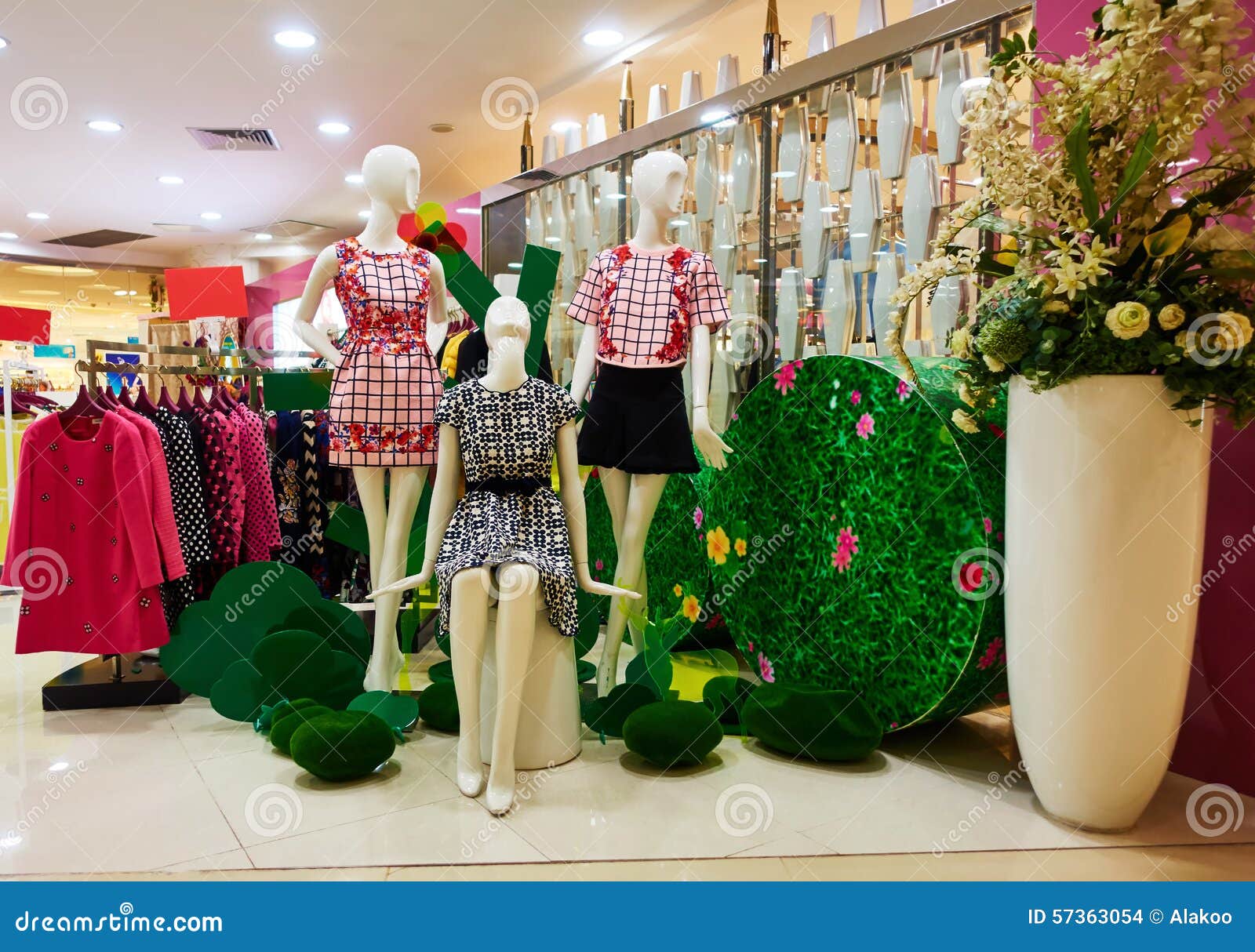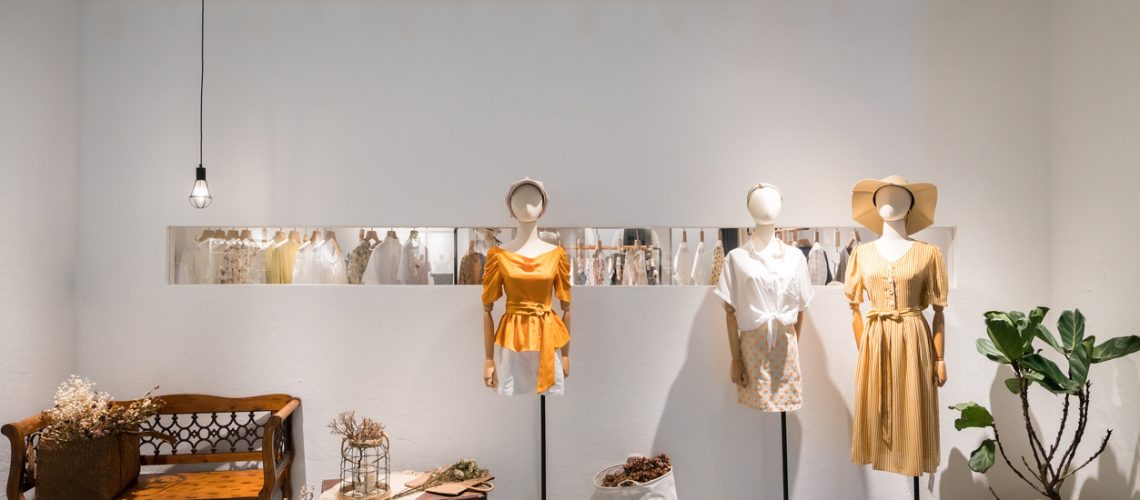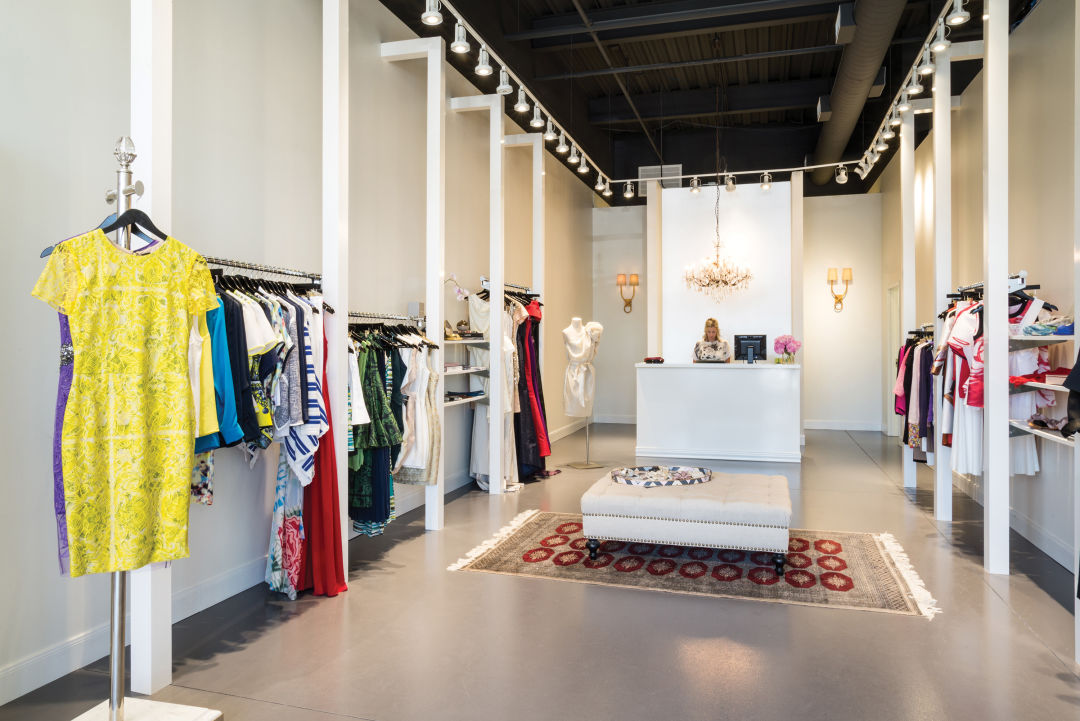A Deep Study the World of High-Fashion Runways: Recognizing Garments as Art
Designers, much like masterful musicians, weave complex narratives with kind, color, and textile, testing conventional standards and redefining elegance requirements. As we explore these sartorial eyeglasses, we must consider: what role does fashion play in shaping social values, and just how does it reflect the ever-changing tapestry of human emotion and identification?
The Evolution of Runway Shows
The trajectory of runway shows has actually changed significantly over the years, developing from special market occasions to exciting eyeglasses that mix fashion with art. Commonly, path programs were intimate events, held in ateliers or small places, mostly attended by customers and sector experts. These very early discussions focused on the garments' workmanship and industrial feasibility, using a useful and direct screen of seasonal collections.
As the garment industry expanded, the nature of runway shows started to alter. The 1970s and 1980s noted a turning factor, with designers seeking to distinguish themselves via even more theatrical discussions. This era saw the rise of intricate sets, choreographed versions, and thematic stories, heralding a new age where the path ended up being an experiential system. The shows changed right into a type of storytelling, where each collection conveyed a distinct story or principle.
In current years, modern technology and social media have actually further transformed path shows, making them easily accessible to an international audience. Livestreaming and electronic platforms have actually equalized style, permitting fanatics worldwide to witness these occasions in real-time (boutique fashion). This development shows a broader cultural shift, where high-fashion runways offer as a dynamic intersection of style, innovation, and performance
Designers as Visionary Artists
How have designers transcended their duties to come to be visionary musicians? Designers in the high-fashion sector have actually blurred the lines between useful garment creation and the theoretical realm of art. This transformation is evident in the means they approach their collections, not just as clothing but as extensive expressions of emotion, culture, and identity. By accepting imaginative techniques such as sculpture, painting, and avant-garde setups, designers craft garments that challenge standard style standards and boost them to art types.
Visionary designers draw motivation from a myriad of sources, consisting of abstract art, historical references, and personal narratives. They possess an one-of-a-kind ability to envision and appear ideas that press the borders of traditional fashion, often redefining aesthetic standards in the process. This creative ingenuity is showcased with significant shapes, cutting-edge materials, and complex workmanship, which invite audiences to experience style as even more than just wearable items.
Moreover, the runway functions as a canvas for these musicians, where lighting, songs, and established layout coalesce to create immersive experiences. These discussions are not simply screens of garments yet are managed efficiencies that stimulate feeling and prompt thought, attesting the developer's duty as a real musician in the contemporary cultural landscape.
Cultural Influences in Style
Cultural tapestry weaves its intricate patterns into the fabric of style, affecting designers around the world. Web Site The vibrant interchange of social tales, practices, and signs notifies and motivates collections that poise high-fashion paths. Designers meticulously draw from their heritage or engage with cultures distinct from their very own, crafting garments that work as visual narratives. This social discussion not just enhances the visual diversity but also cultivates a much deeper understanding and gratitude of global identifications.
The influence of society on style is commonly seen in the reinterpretation of conventional garments and patterns. For instance, making use of Japanese robes, Indian saris, or African prints in modern fashion mirrors a blend of social authenticity and modern looks. Developers such as Valentino's Pierpaolo Piccioli and Alexander McQueen's Sarah Burton have been known to incorporate abundant cultural motifs right into their couture collections, translating background into wearable art.

Advancement in Material and Design
Advancement in material and style constantly reshapes the landscape of high-fashion, pushing boundaries and redefining possibilities. In recent years, technological improvements have actually dramatically added to this advancement, presenting products that test traditional assumptions. Textiles embedded with smart fibers, with the ability of transforming color or regulating temperature, are no more confined to the world of science fiction. Developers are significantly exploring the integration of technology, such as 3D printing, which permits for the creation of complex structures that were formerly unbelievable.
Additionally, sustainability has directory actually become a critical motif in fabric technology. The style industry is experiencing a rise in making use of environmentally friendly products, stemmed from recycled plastics, natural fibers, and also biodegradable components. These advancements not only provide new textures and aesthetics however additionally address critical ecological concerns. Designers are welcoming these products to craft garments that are both conscious and visually striking of their eco-friendly impact.
In regards to layout, avant-garde silhouettes and experimental types are continually reinventing the runway. By incorporating unconventional materials and innovative methods, developers grow garments that visit our website blur the line between fashion and art, establishing brand-new standards for imagination and expression in the high-fashion round.
Influence of Fashion on Society
Style possesses an extensive impact on culture, offering as both a reflection of social identification and a catalyst for social modification. Through its evolution, fashion has actually mirrored social shifts, encapsulating the zeitgeist of various ages. For circumstances, the flapper outfits of the 1920s personified a newfound feeling of women's liberation, while the vibrant prints of the 1960s echoed the advanced spirit of the moment. High-fashion paths, in certain, work as platforms for challenging norms and redefining elegance standards. Developers make use of these places to resolve pressing social problems, from sustainability to variety, thus forming public discourse.
Additionally, fashion has the power to bridge social gaps, promoting understanding and recognition among diverse teams. As globalisation accelerates, the cross-cultural exchange of style concepts comes to be progressively substantial, promoting inclusivity and diversity. The rise of streetwear, originating from urban subcultures, illustrates how fashion can transcend socio-economic limits, granting individuals a way of self-expression and empowerment.
Fundamentally, fashion is not merely regarding visual appeals; it is a dynamic force that affects worths, perspectives, and societal progress (boutique fashion). By continuously connecting with social and social currents, style stays an indispensable component of the collective human experience

Verdict
Designers, comparable to visionary musicians, coordinate collections that show identity, emotion, and social narratives, testing standard aesthetics. This intersection of fashion and creativity not only astounds target markets worldwide yet likewise affects social assumptions and promotes a much deeper appreciation for social diversity.

Cultural tapestry weaves its complex patterns right into the fabric of fashion, influencing developers around the world.Fashion wields an extensive influence on culture, offering as both a reflection of cultural identity and a driver for social modification.